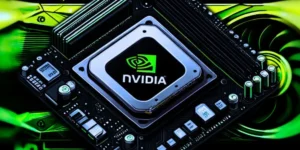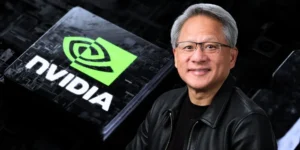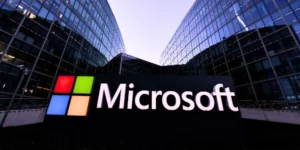Overclocking was once considered a specialized skill reserved for tech enthusiasts and hardcore gamers who wanted to push their hardware beyond factory limits. It required technical knowledge, careful tweaking, and the risk of instability. However, in recent years, overclocking has become more accessible thanks to user-friendly software, better cooling solutions, and automatic tuning features. What was once a niche hobby is now a mainstream practice, embraced by gamers, content creators, and everyday users.
Built-In Overclocking Tools Make It Easier
Previously, overclocking required manual adjustments in the BIOS, fine-tuning voltages, and stress testing to avoid system crashes. Today, manufacturers like Intel, AMD, and NVIDIA provide built-in overclocking tools that allow users to boost performance safely with just a few clicks. Features like Intel’s Extreme Tuning Utility (XTU) and AMD’s Precision Boost Overdrive (PBO) automate the process, making overclocking safer and more user-friendly.
Gaming and Productivity Demand More Performance
Modern games and creative software are more demanding than ever, requiring higher clock speeds and faster memory to deliver smooth performance. Overclocking has become a common way for gamers to gain extra FPS and for video editors and 3D artists to reduce rendering times. With CPUs and GPUs becoming more powerful, overclocking extends the lifespan of hardware, allowing users to squeeze out extra performance without upgrading immediately.
Advancements in Cooling Solutions
One of the biggest concerns with overclocking has always been heat management. In the past, users needed expensive aftermarket cooling solutions to overclock their components safely. However, modern advancements in AIO liquid coolers, efficient air coolers, and even factory-lapped heat spreaders have made it much easier to control temperatures. Many high-end CPUs and GPUs now come with robust cooling solutions, encouraging even casual users to experiment with overclocking.
Pre-Overclocked Hardware Is Now Commonplace
Manufacturers have embraced the overclocking culture by offering pre-overclocked components. Many GPUs come with factory overclocks, giving users higher performance right out of the box. Similarly, high-speed RAM with XMP profiles allows users to unlock better memory performance without manual tuning. This trend shows that overclocking is no longer just for enthusiasts. It’s a selling point for mainstream consumers.
Conclusion
Overclocking has evolved from a niche hobby into a mainstream practice, thanks to better hardware, automated tools, and widespread manufacturer support. With more users demanding higher performance, overclocking is now a practical and accessible way to boost system efficiency. While extreme overclocking still exists for competitive enthusiasts, everyday users can now benefit from performance tuning without the complexities of the past.










